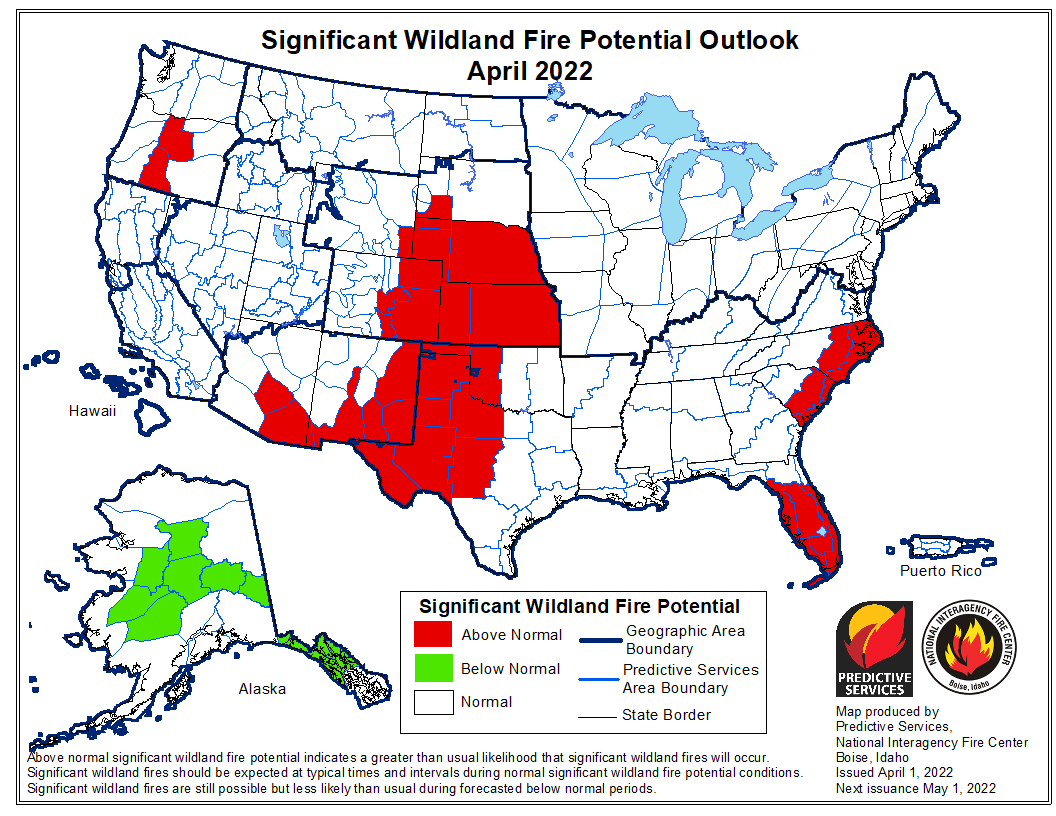
The forecast for wildland fire potential issued April 1 by the National Interagency Fire Center predicts that over the next three months the potential will be higher than average in the Southern Plains and the southwestern states.
While large sections of Oregon, Washington, and Northern California are expected to be busier for firefighters than average May through July, average conditions are in the forecast for Central and Southern California during the next four months.
The data from NIFC shown here represents the cumulative forecasts of the ten Geographic Area Predictive Services Units and the National Predictive Services Unit.
Below:
- Excerpts from the NIFC narrative report for the next four months;
- Additional NIFC monthly graphical outlooks;
- NOAA’s three-month temperature and precipitation forecasts;
- Drought Monitor;
- Keetch-Byram Drought Index;
- Soil moisture.
“Most of the West, Plains, and Texas remain in drought, with areas of drought also along the Gulf Coast, in South Florida, and in the eastern Carolinas. Most basins in the West are reporting below average snow water equivalent (SWE), but Alaska has above normal snowpack and snow cover.
Climate outlooks indicate likely below normal precipitation from Texas through the southern Rockies and Great Basin, with above normal temperatures likely across much of the contiguous US (CONUS) through spring into summer. Indications for an active severe weather pattern this spring remain from eastern portions of the Plains into the Southeast and Ohio Valley, and critically dry and windy periods will accompany the severe weather for much of the Plains, especially the southern and central High Plains. The North American Monsoon is likely to arrive on time, but potential early moisture surges during June could result in lightning across the Southwest, Colorado, and the southern Great Basin.
“Above normal significant fire potential is forecast across the eastern Carolinas for April and in South Florida through May. The southern High Plains will retain above normal significant fire potential into July, with much of the Plains forecast to have above normal potential by July after green-up and subsequent curing occurs due to anticipated warmer and drier than normal conditions.
“Most of the Southwest is forecast to have above normal significant fire potential in May and June, with potential increasing across southern and western Colorado and southern portions of the Great Basin. Above normal potential will likely expand from central Oregon to southwest Oregon and central Washington by July. Above normal significant fire potential is also forecast to increase across northern California from May into July, with rising potential likely along portions of the Sierra Front. Alaska is forecast to have below normal potential in its panhandle through April, with below normal potential expected across large portions of the Interior through May. Leeward locations of Hawaii are forecast to have above normal potential during June and July.”
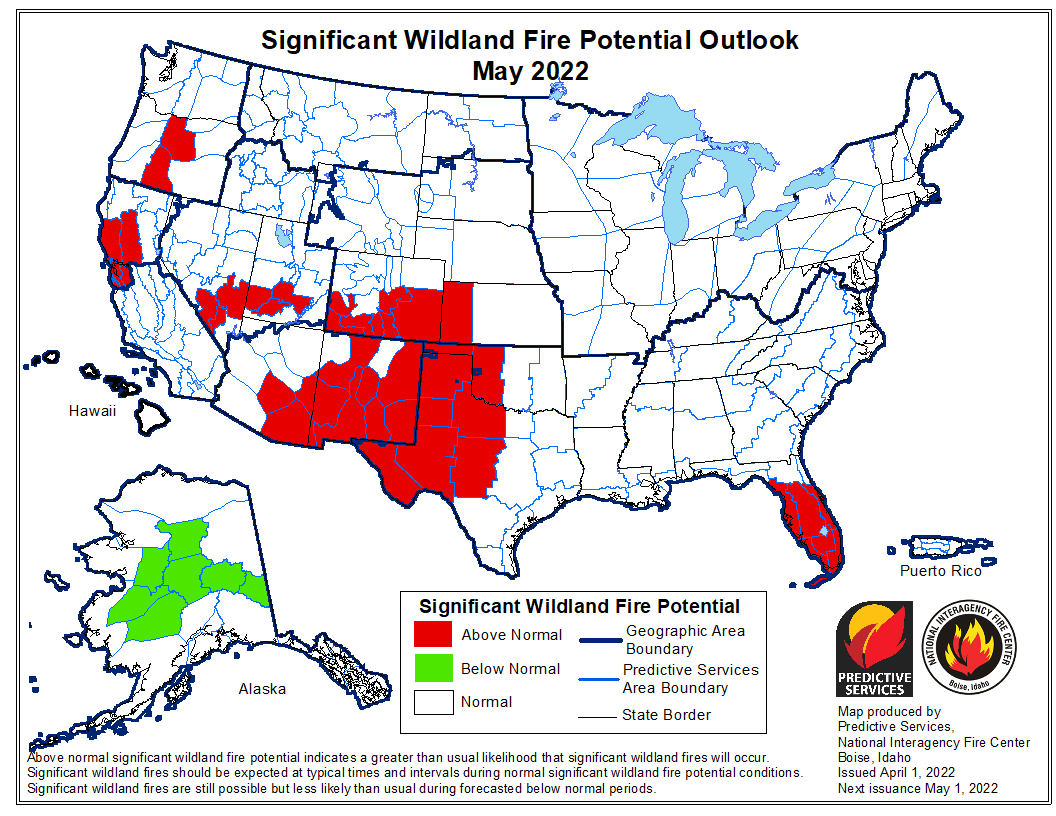
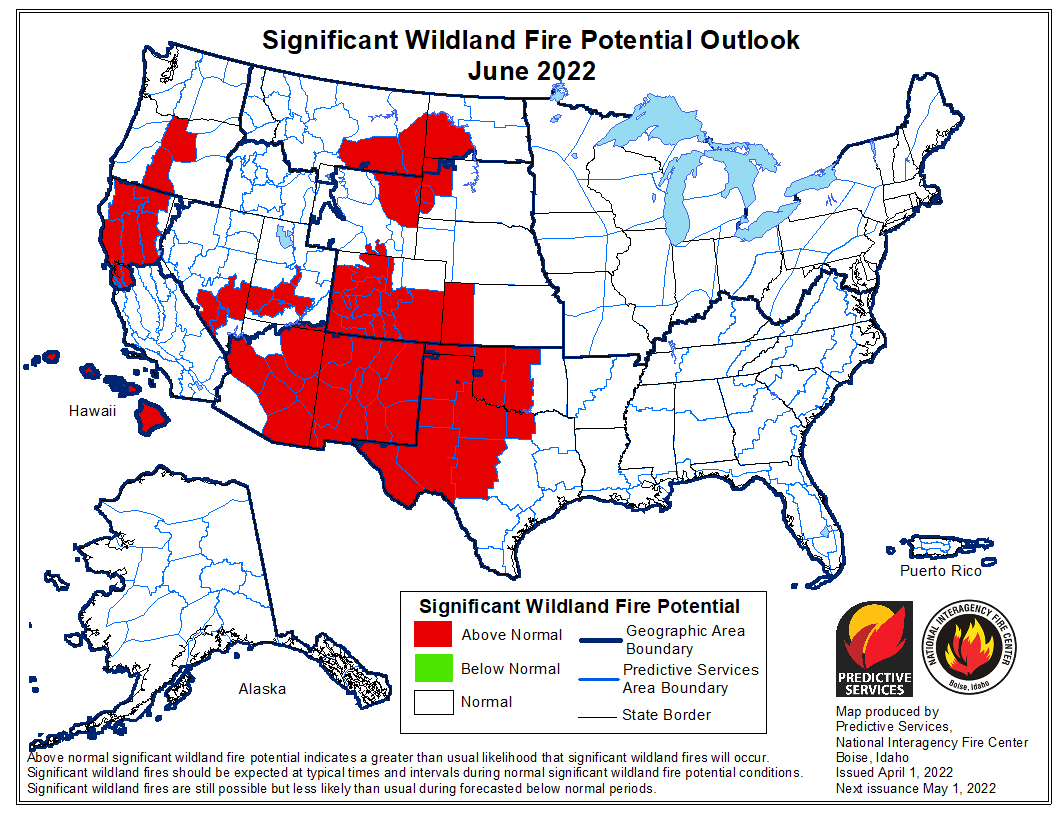

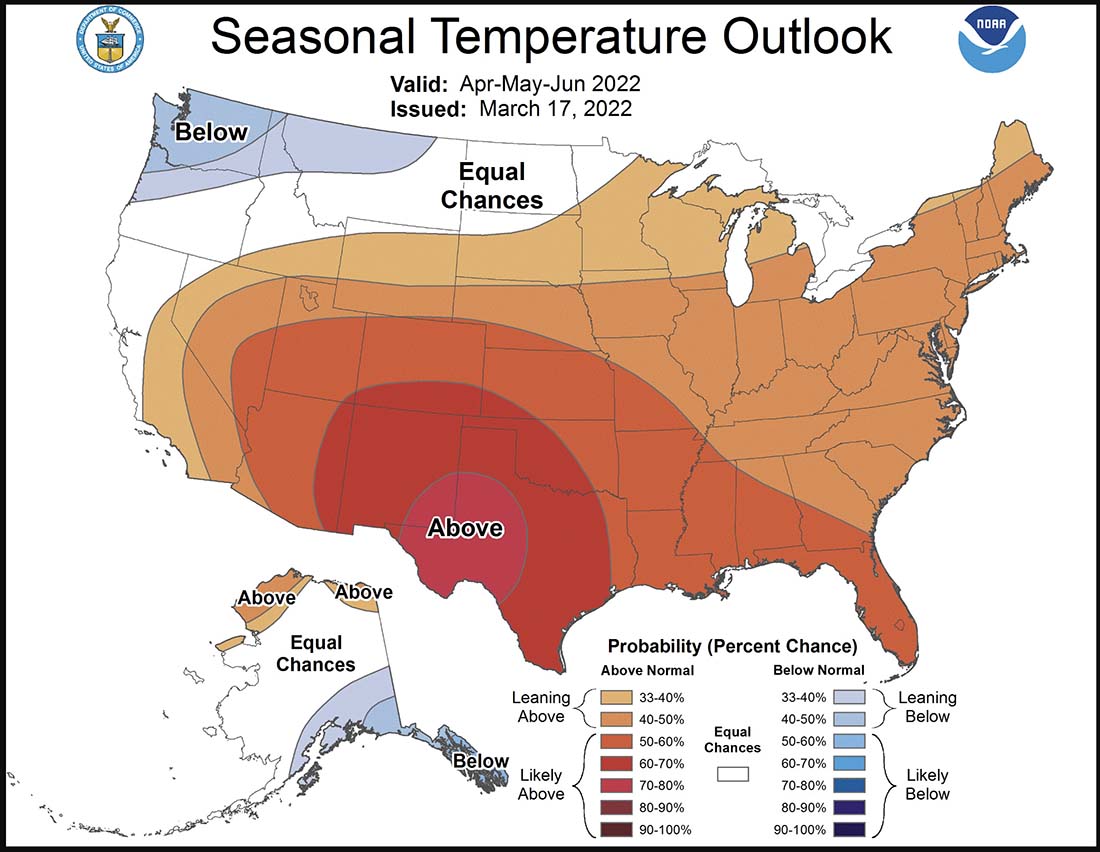
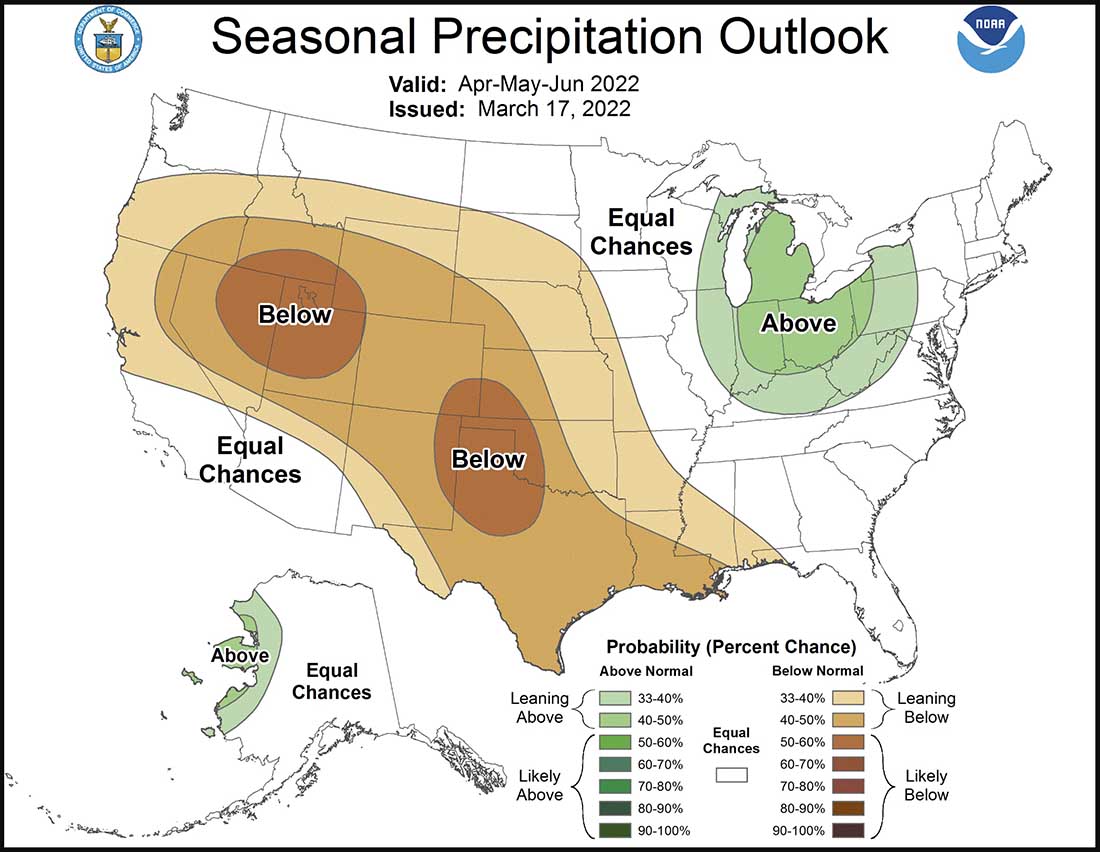
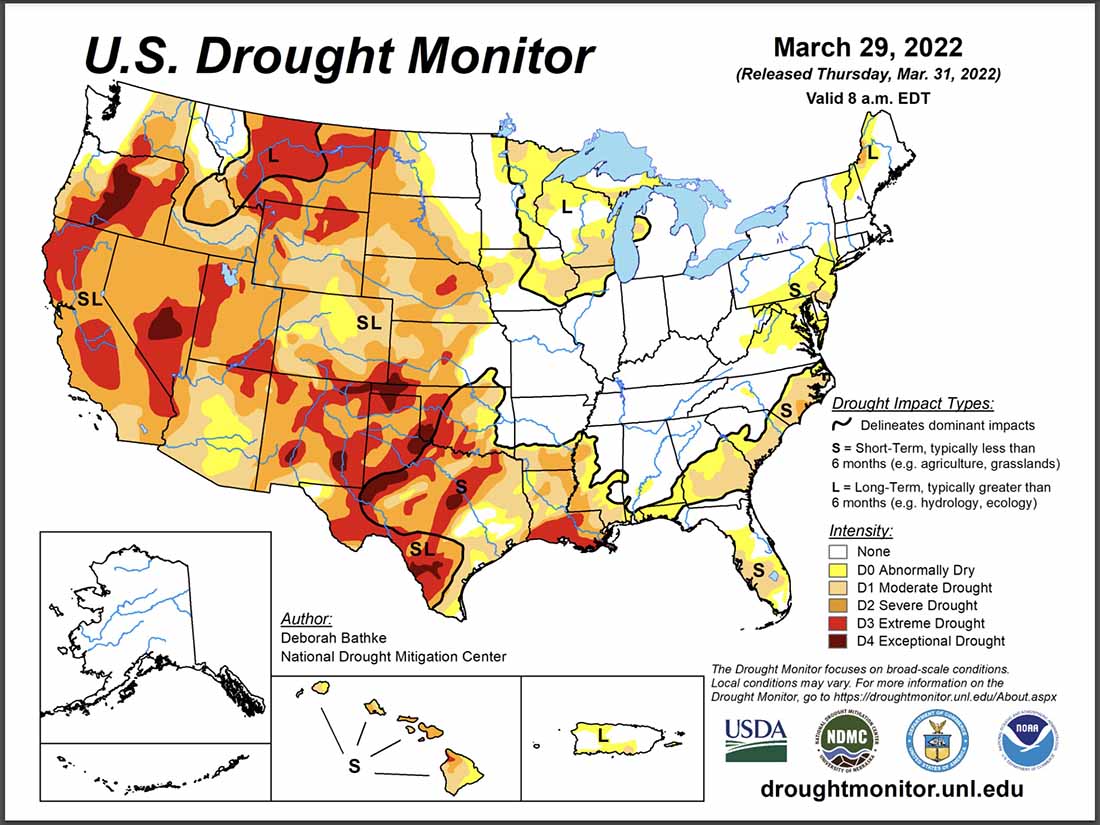
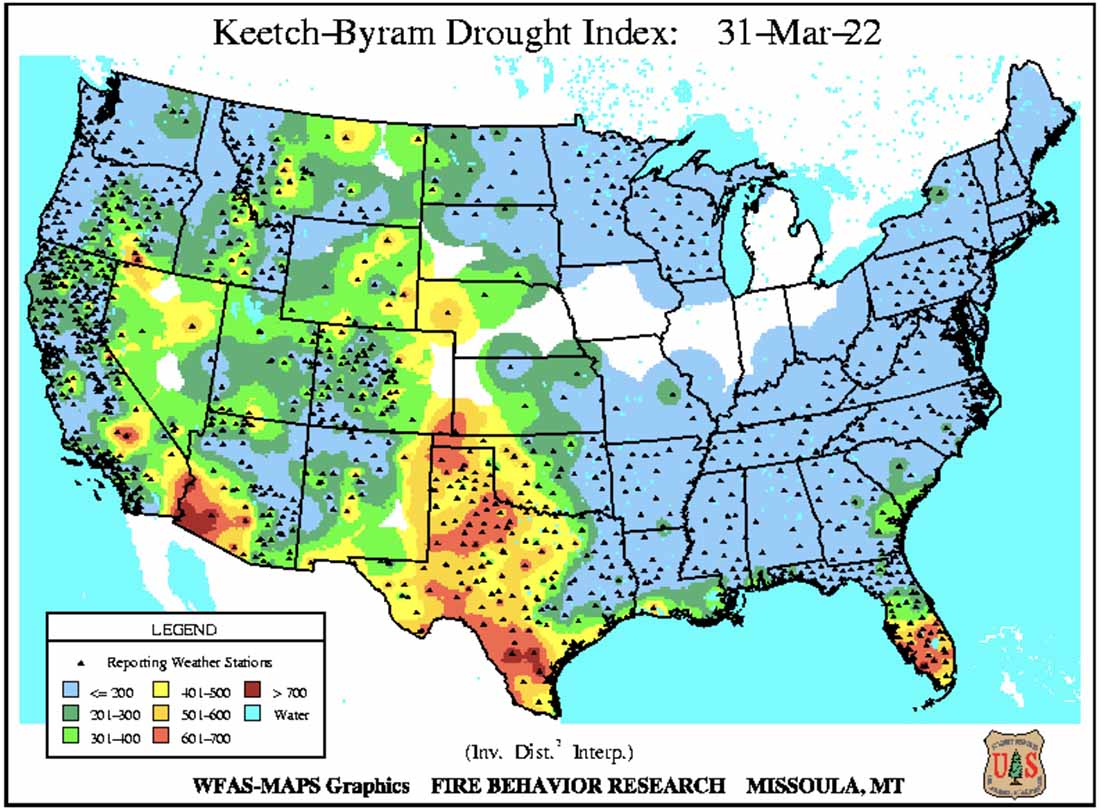
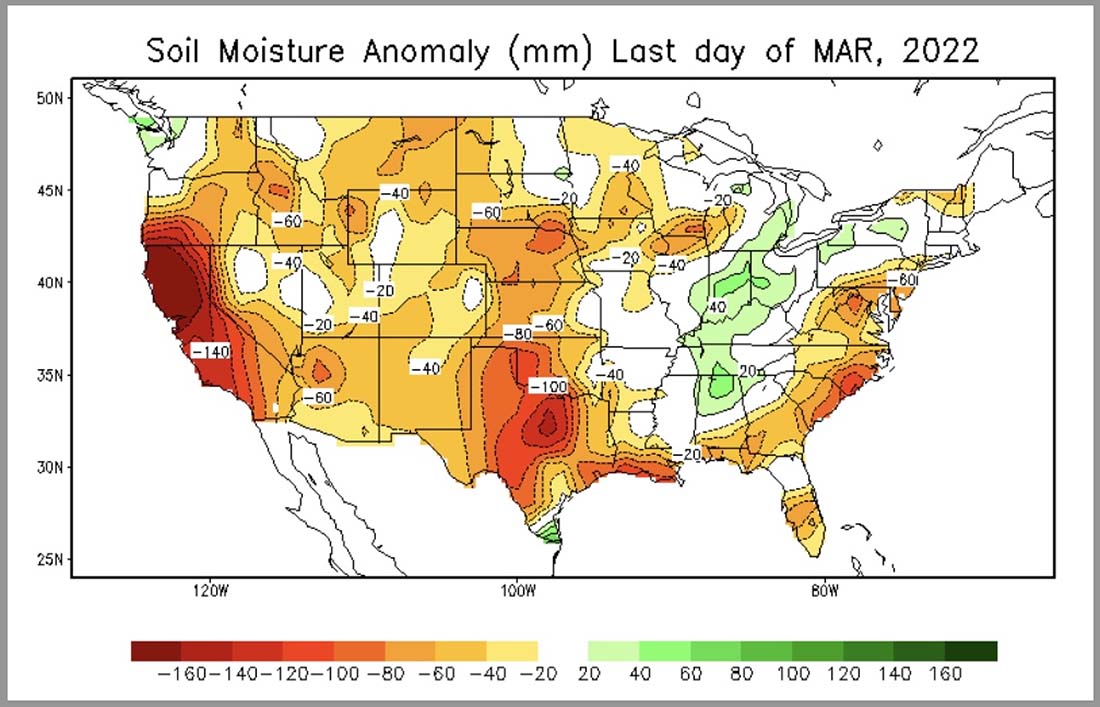

Looks like a lot of bushes, trees and grass have the potential to burn. Not a single GS 13,14 or 15 will be out there building a single chain of line, they’ll just send a bunch of kids out there and pay them sub poverty wages. Despicable.
John Q. Public, I agree. I heard that a lot of those kids are not going to return this year, because of the wages and because they have been treated so bad. I also heard that the NPS and FS workforce is down 60%. I wonder if the NPS/FS will ever get it…People will not come back if they are treated like s—- I think the NPS/FS needs to take a long look at itself and figure out how to hire and retain people.
When I look at these maps, all I can say is….Who’s going to do all this work?
A whole lot of poverty-wage kids that will be abandoned by their agencies if they’re injured or killed.
Burn, Baby! Burn!